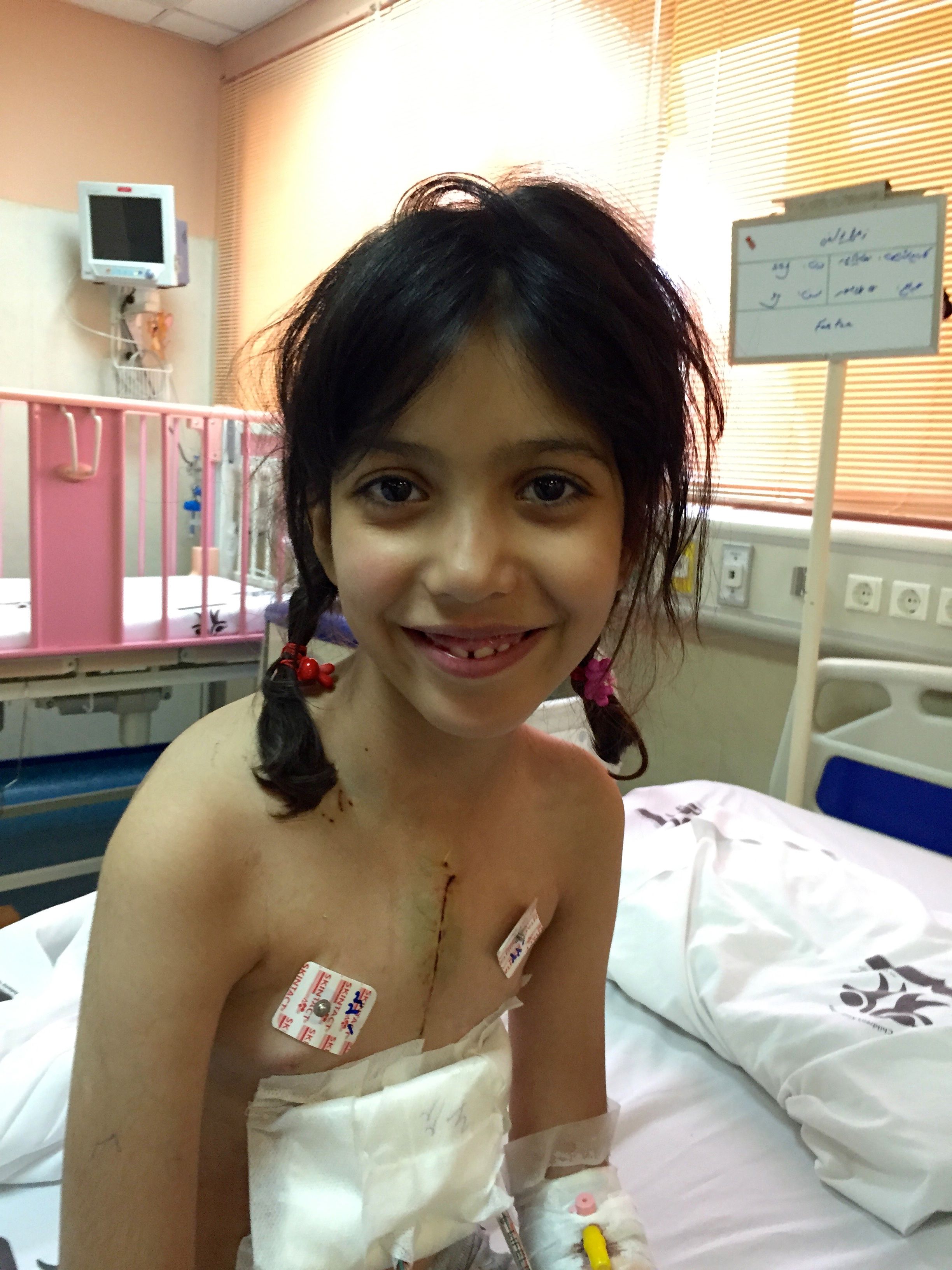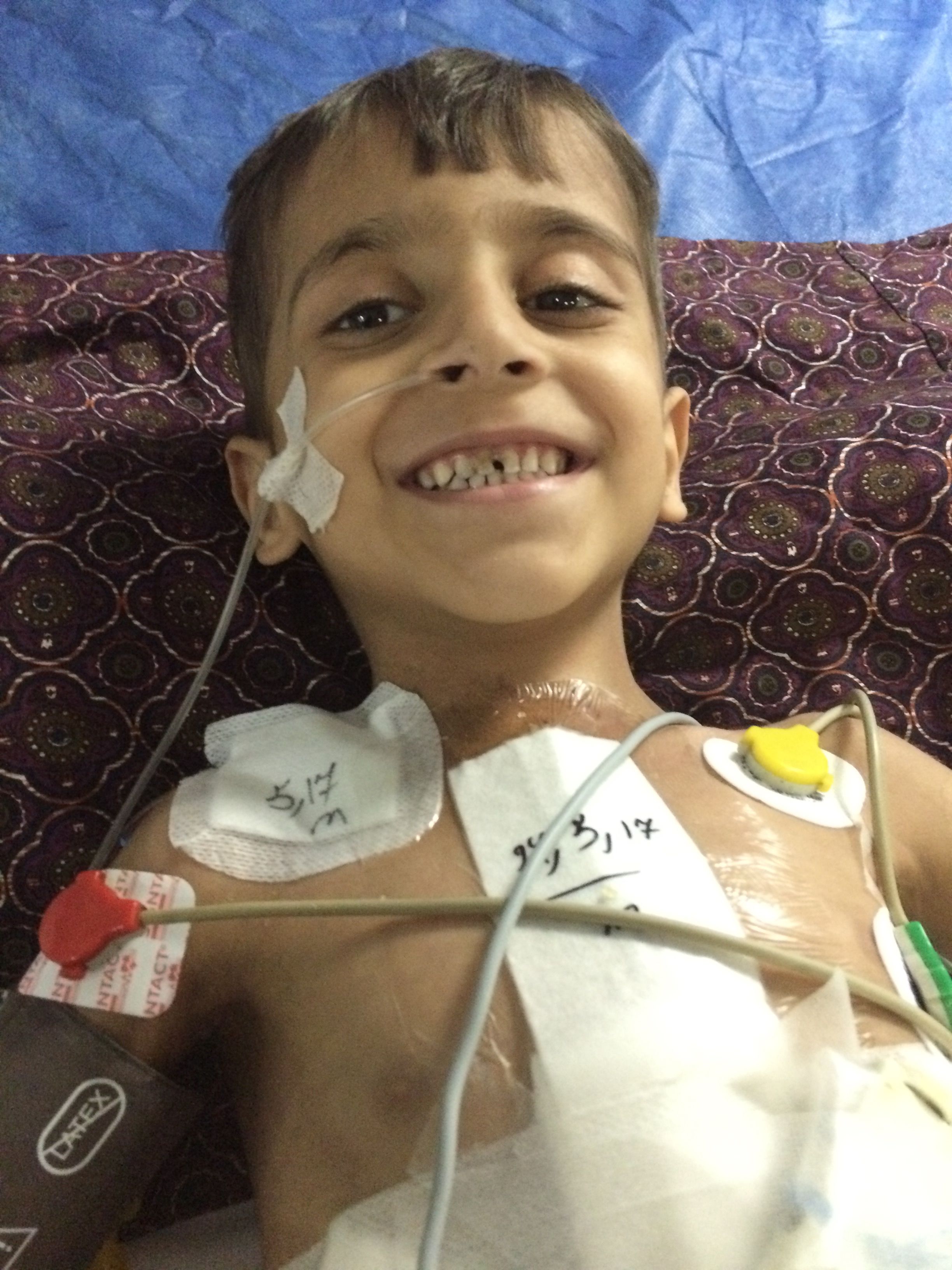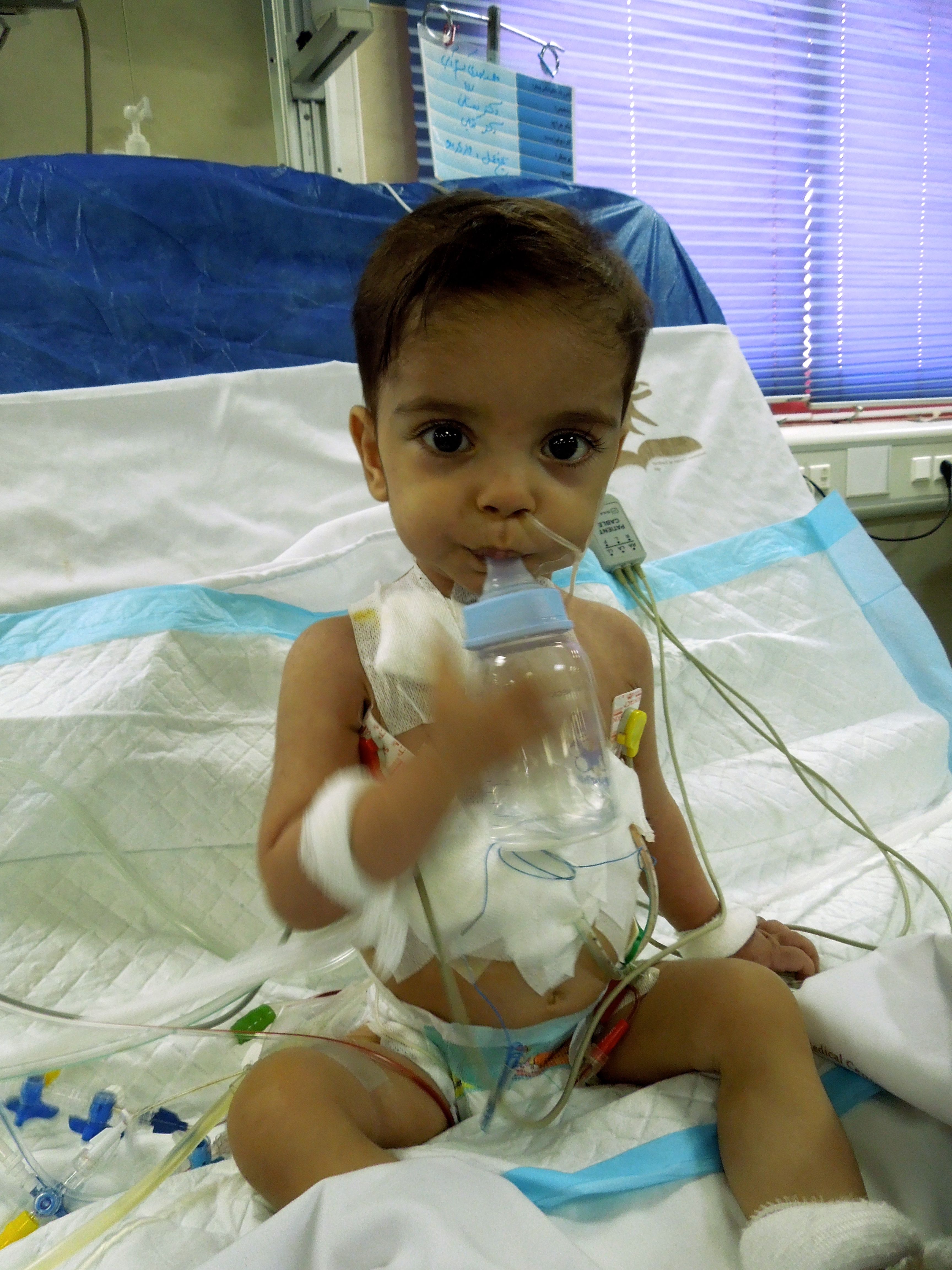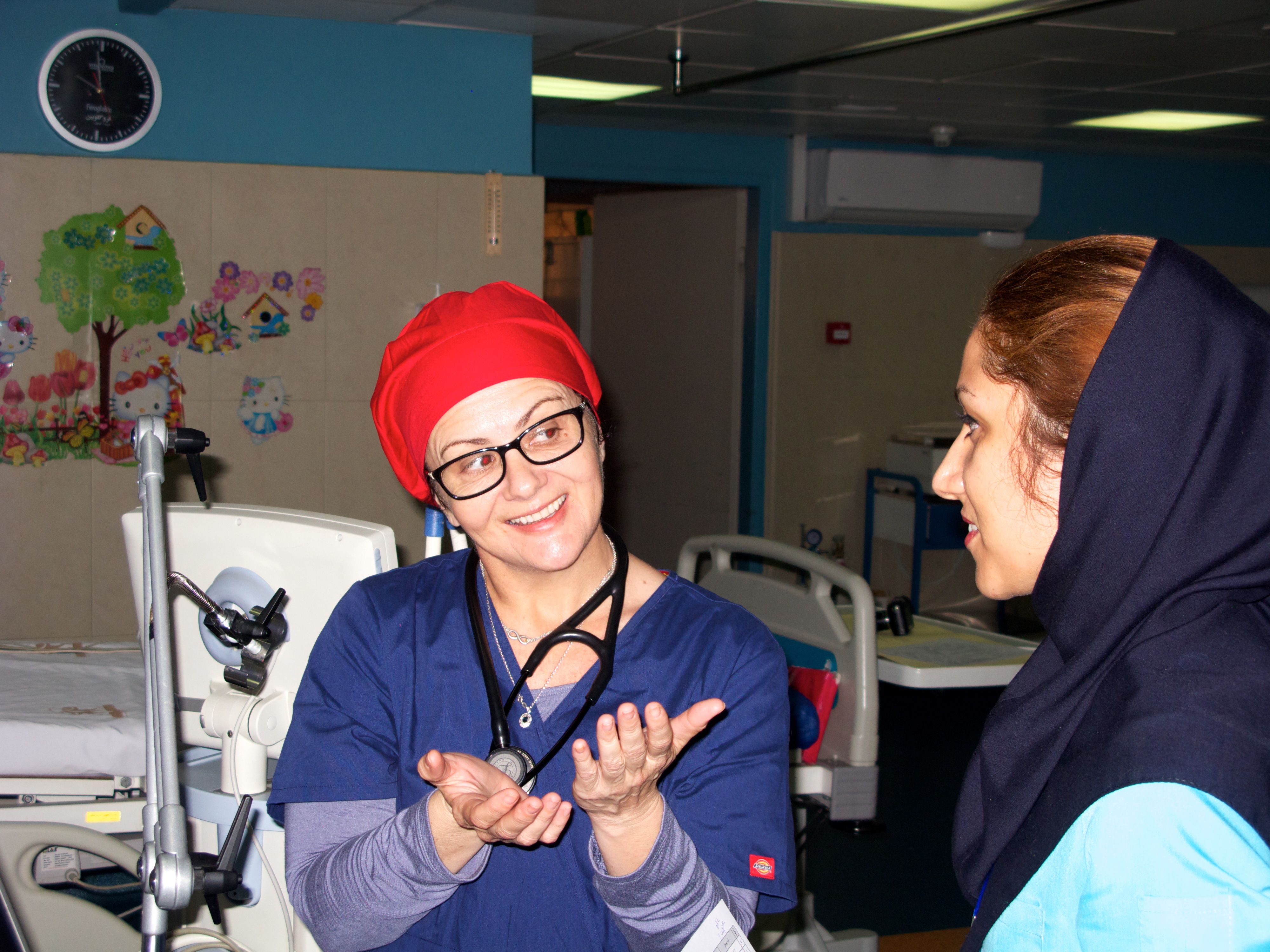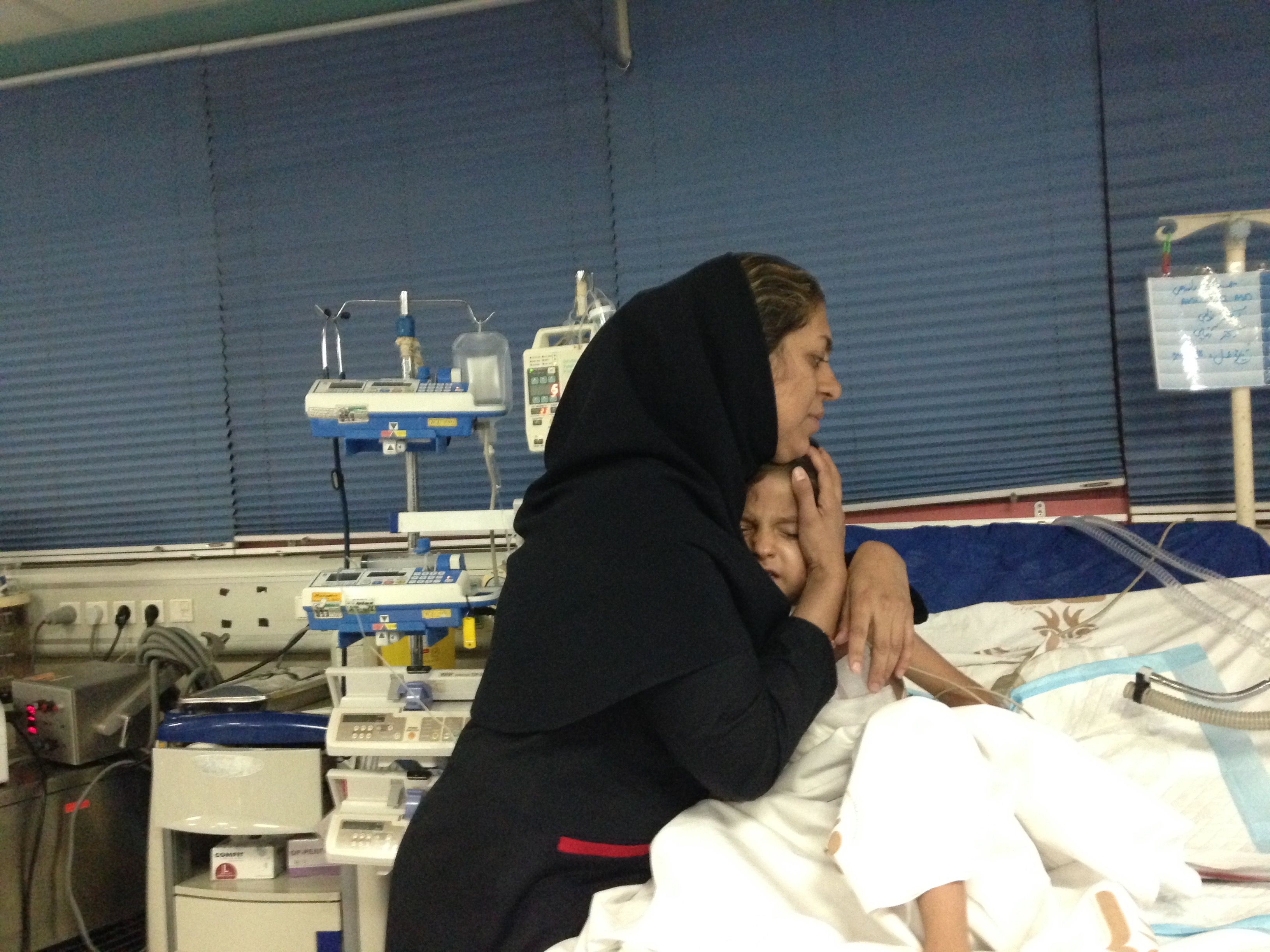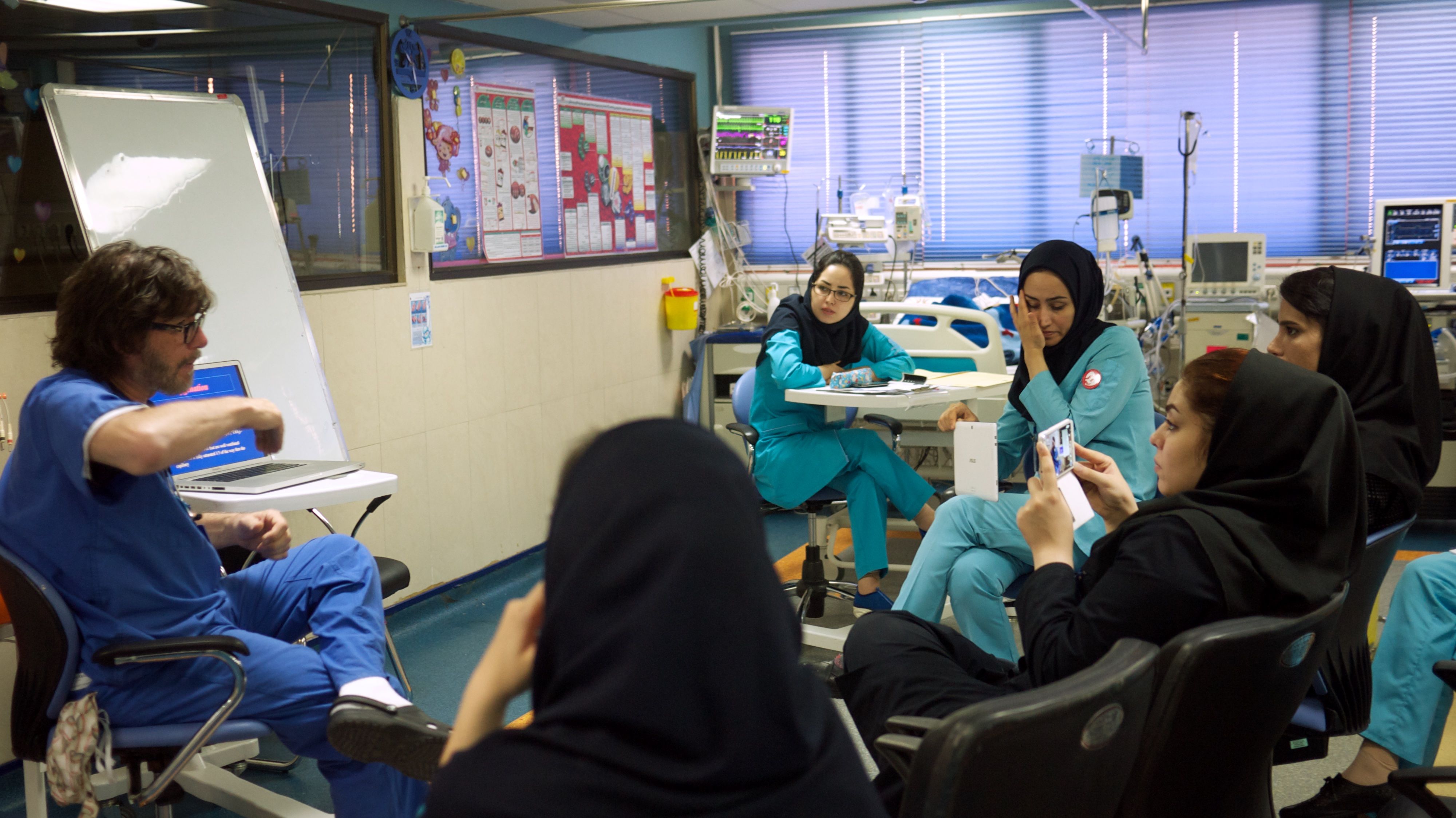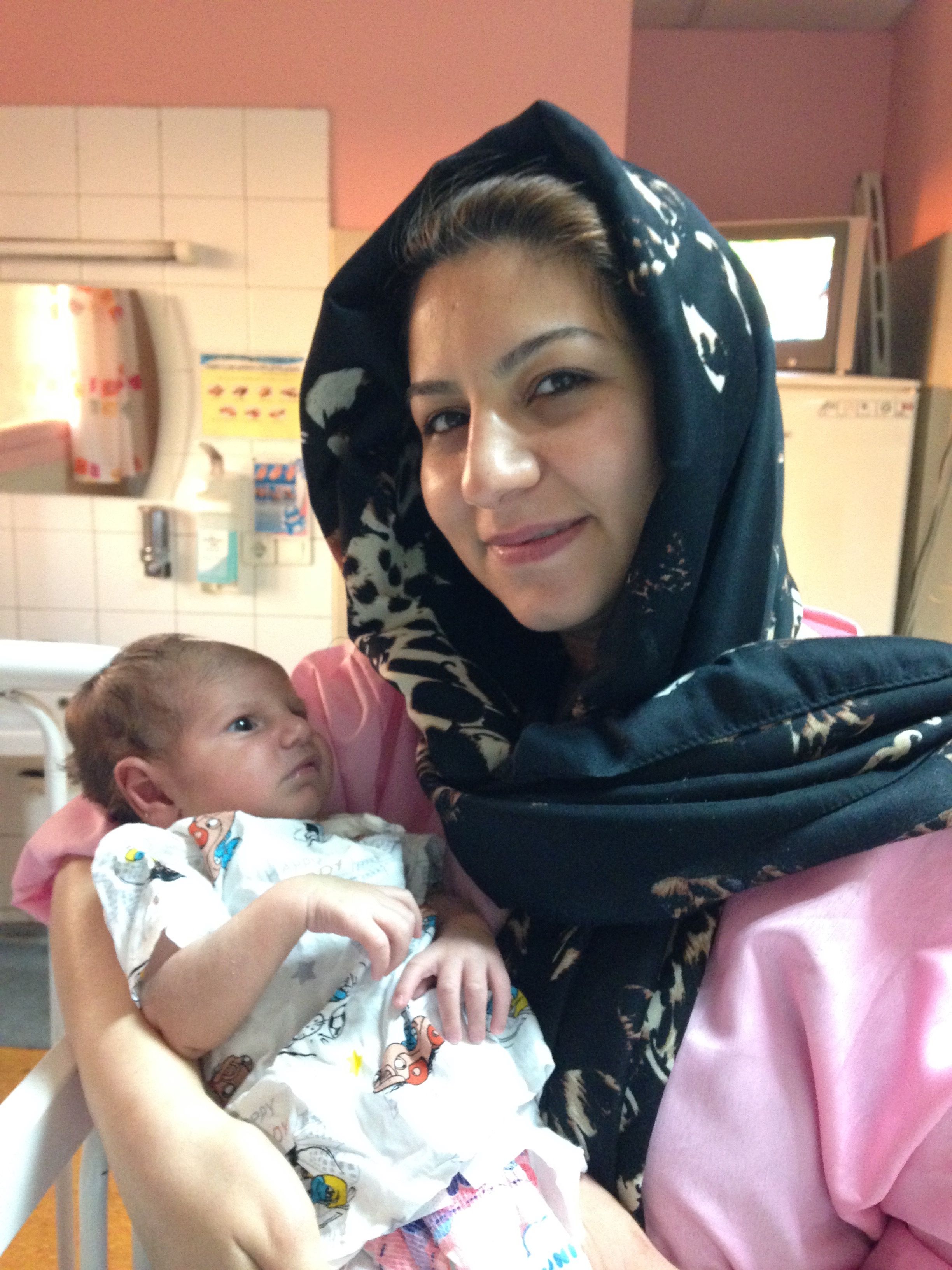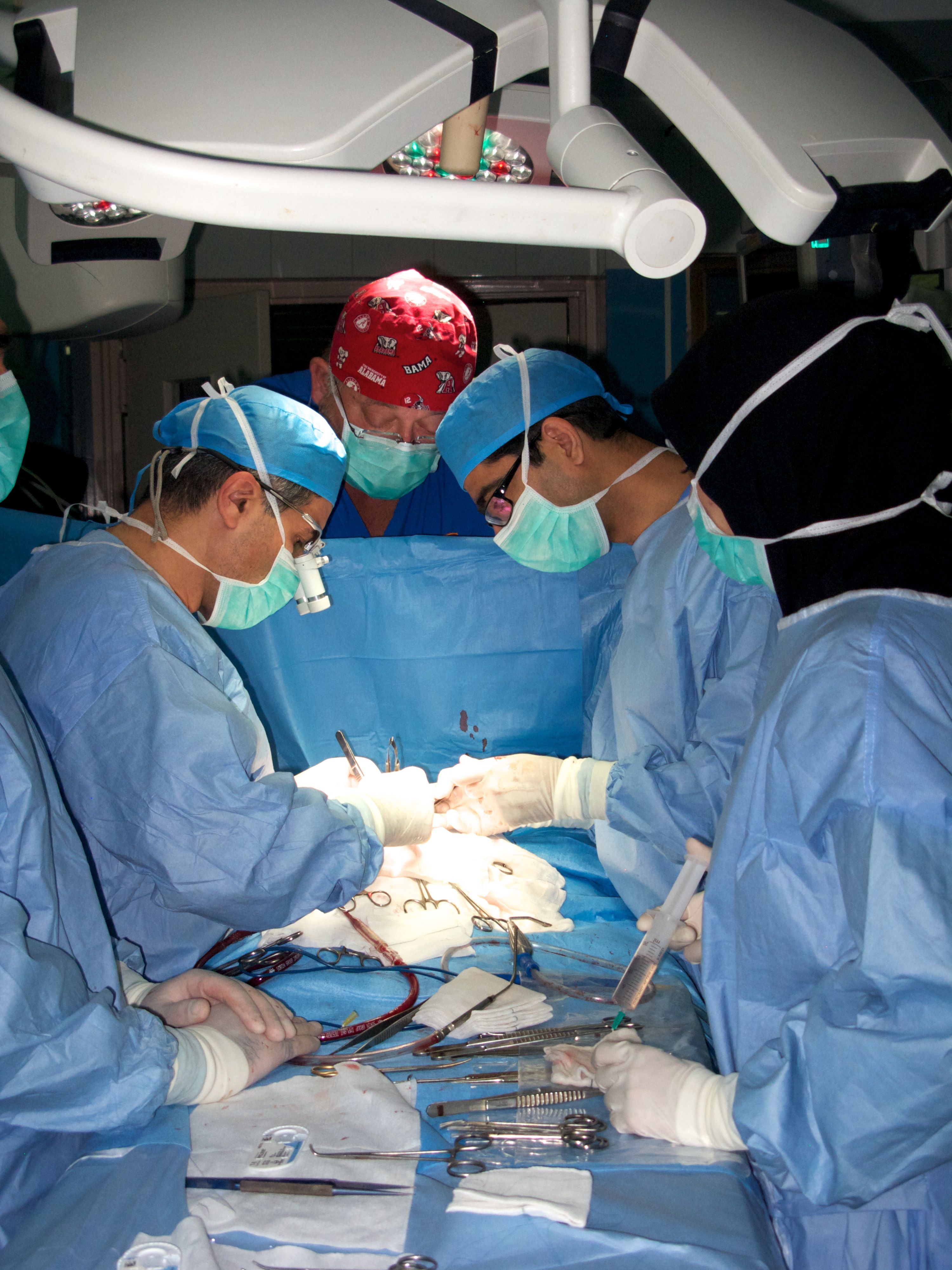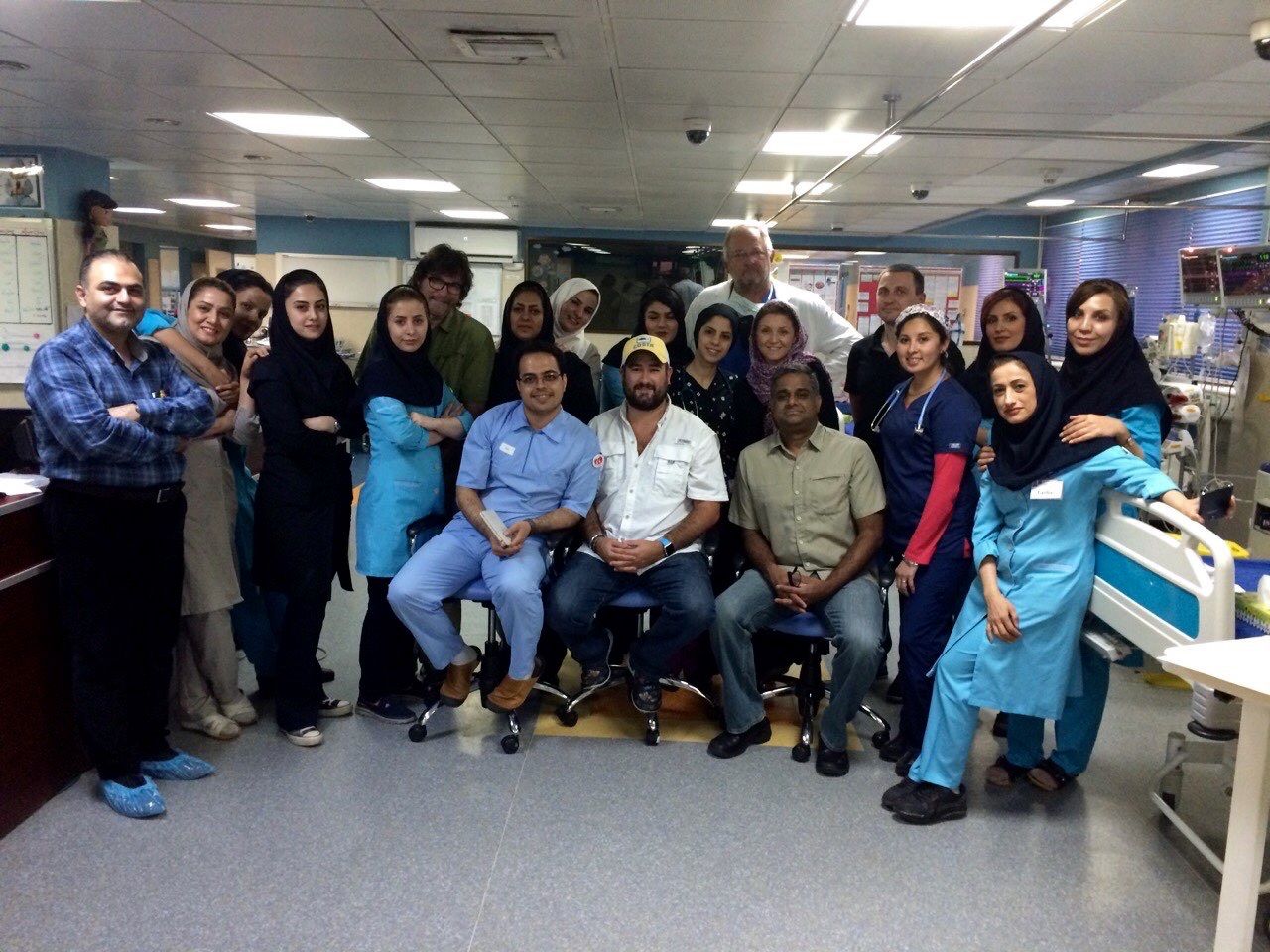With nine operating days, a total of 23 children received opened heart surgery and 17 other children underwent catherizations at Children’s Medical Center in Tehran. Children were screened daily in the clinic and added to the list with the most critical cases put at the highest priority.
The ability to have so many surgeries in such little time was due to the close partnership between the William Novick Cardiac Alliance, an American-based non-profit, and the local staff at the Children’s Medical Center. An existing cardiac program in the hospital allowed for the greater concentration of the cases to be of a higher complexity. One-on-one training of these cases could occur in both the operating theater as well as the ICU.
While industrialized countries have benefited from the advancement in pediatric cardiac surgery over the last 50 years, there are still major gaps in access to this service worldwide. According to the World Society for Pediatric and Congenital Heart Surgery, the mortality rate of children jumps from between 3 and 7 percent to 20 percent in developing countries. This quota may be higher in third world countries due to the lack of resources in diagnosing cardiac anomalies.
The Children’s Medical Center in Tehran is unique in distinguishing between its pediatric cardiac intensive care unit and its neonatal cardiac intensive care unit. The division of these two populations earlier this year permitted for both of the nurse-led ICUs to specialize their training. As a result, they had a significant decrease in the mortality rate of their neonatal population. This leading center brings great promise to this region by providing accessibility to adequate cardiac care.

